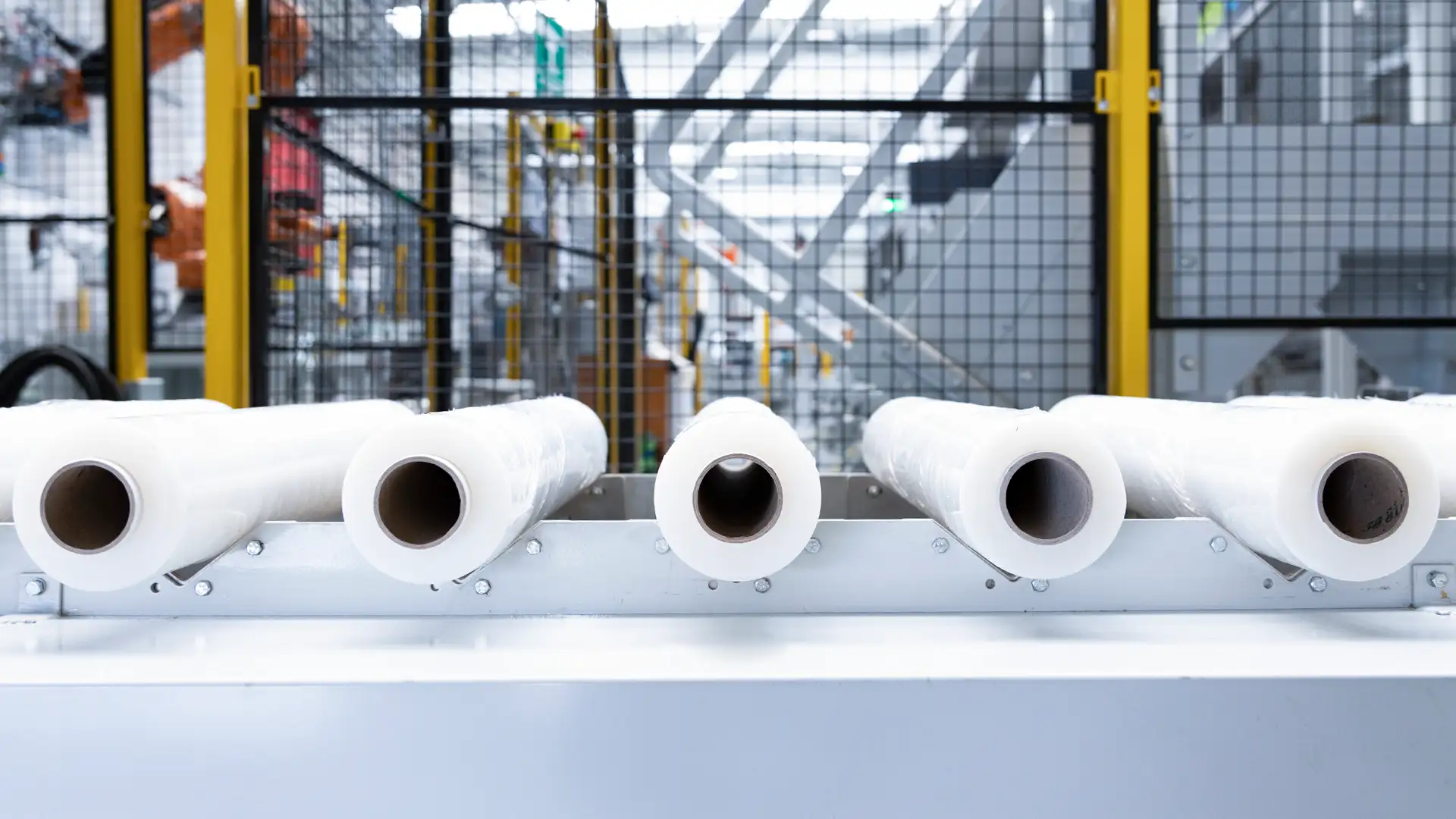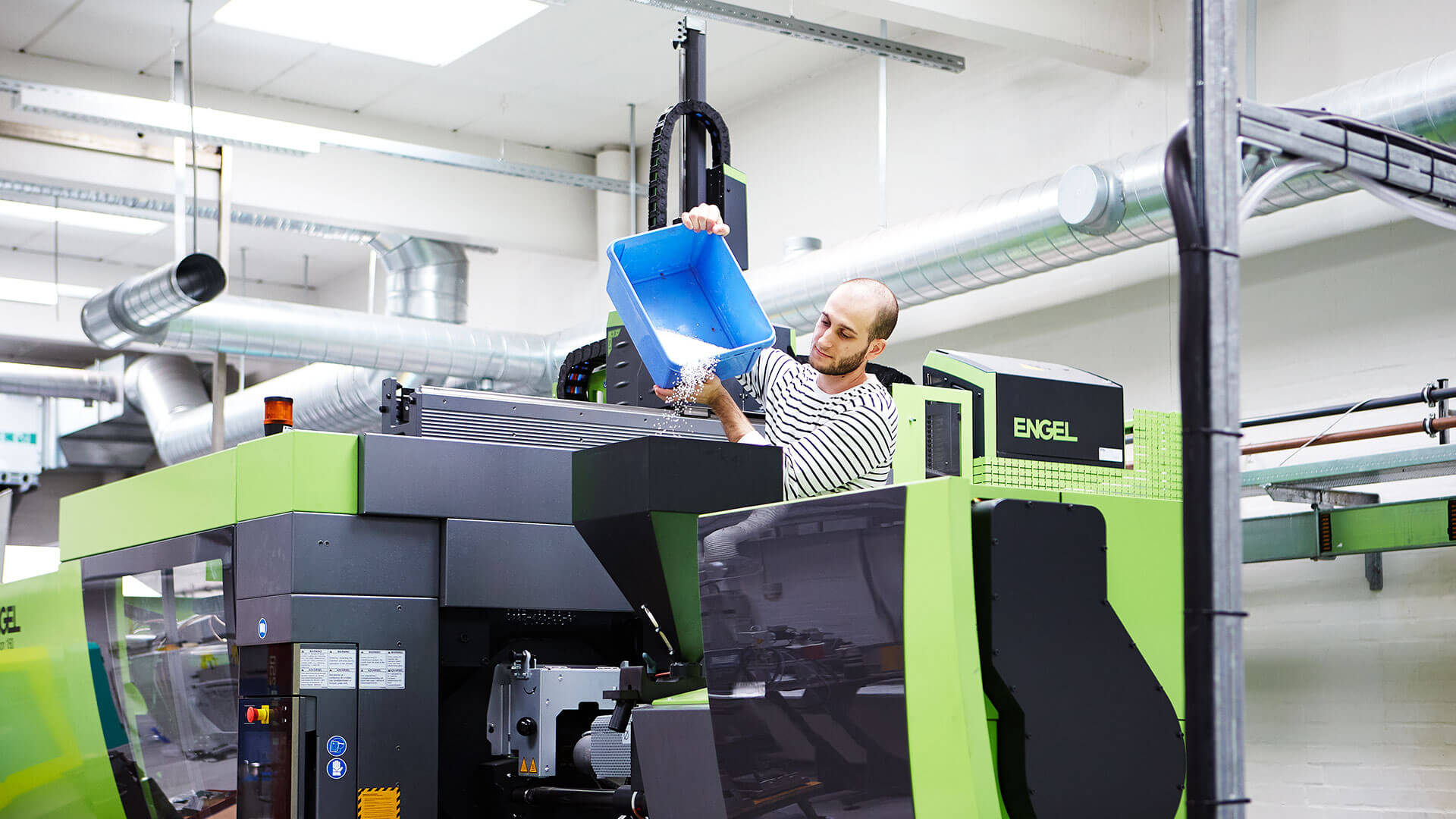Textile manufacture is a complex and multifaceted process that transforms raw materials into fabrics and ultimately, into the clothing, home furnishings, and industrial products we use every day.
From Fiber to Fabric:
The journey begins with the selection of raw materials, which can be natural fibers like cotton, wool, silk, and linen, or synthetic fibers like polyester, nylon, and acrylic. These fibers are then processed through a series of steps:
- Spinning: Fibers are spun into yarn, which can be further processed into different types, such as twisted, combed, or carded yarn.
- Weaving: Interlacing yarns together to create fabric, such as cotton, linen, and wool.
- Knitting: Forming fabric by interlocking loops of yarn together, resulting in fabrics like sweaters, socks, and hosiery.
- Non-woven Fabrics: Creating fabrics from fibers without weaving or knitting, such as felt and artificial leather.
Dyeing and Finishing:
Once the fabric is created, it undergoes various finishing processes:
- Dyeing: Adding color to the fabric using various techniques, such as dyeing, printing, and tie-dyeing.
- Finishing: Applying treatments to enhance the fabric’s properties, such as washing, bleaching, and applying finishes to improve softness, wrinkle resistance, or water repellency.
The Evolution of Textile Manufacturing:
Textile manufacturing has evolved significantly over time, with advancements in technology leading to increased efficiency and innovation. Modern textile manufacturing incorporates:
- Automation: The use of automated machinery to streamline production processes and increase efficiency.
- Technological Innovations: The development and application of new technologies, such as nanotechnology and biotechnology, to create innovative and high-performance textiles.
- Sustainability: A growing emphasis on sustainable practices, including the use of eco-friendly materials, reducing environmental impact, and improving worker safety and well-being.
The Importance of the Textile Industry:
The textile manufacture industry plays a crucial role in global economies, providing employment opportunities, driving innovation, and contributing to cultural expression. From the clothing we wear to the textiles used in our homes and industries, textiles are an integral part of our daily lives.







